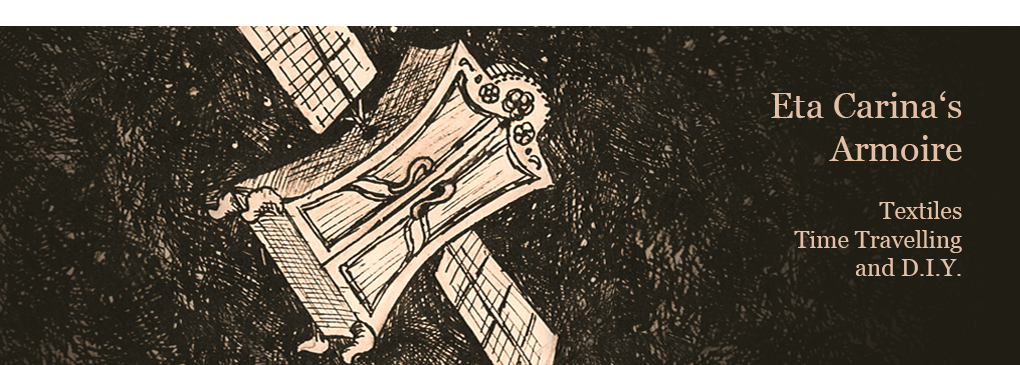Im Moment bin ich fleissig am häkeln. Letzte Woche hatte eine Freundin Geburtstag und da sie Spongebob mag, entschloss ich mich spontan, ihr Spongebob und Patrick zu häkeln.
Diese Art, kleine Figürchen zu häkeln, heisst Amigurumi (japanisch in etwa: gehäkelte Stofftiere). Mit festen Maschen werden durch zu- und abnehmen meist rundliche Tiere, Pflanzen oder Figuren gehäkelt. Auch Charaktere aus Serien oder Spielen sind beliebt.
Zu den Ursprüngen dieses Häkeltrends fand ich ausser auf littleyarnfriends.com nur wenige Infos. Dort heisst es dazu, dass häkeln selbst in Japan noch keine lange Tradition hat. Kleine süsse Püppchen zu häkeln kam dann als Teil der Kawaii-Ästhetik seit den 50er Jahren auf und breitete sich nach und nach über die ganze Welt aus.
http://littleyarnfriends.com/post/25842165519/amigurumi-history
 |
| Amigurumi von Luna's Craft |
Ich selber wurde durch den Etsy-Shop von "Luna's Craft" auf Amigurumi aufmerksam. Nicht nur hatte sie eben mal schnell die ganze Stark-Familie aus "Game of Thrones" inklusive Schattenwölfe nachgehäkelt, auch andere Figuren der Serie und Scheibenwelt-Drachen hat sie schon gehäkelt. Und ich bin die unglaublich stolze Besitzerin ihrer Sailer Moon-Püppchen. Mein Freund schenkte sie mir, nachdem er gehört hatte, dass ich die als Kind so toll fand. Sind sie nicht anbetungswürdig?
Mehr dazu:
http://lunascrafts.deviantart.com/gallery/
Bis bald
Eta Carina
Hello everyone
At the moment I'm busy crocheting. Last week was the birthday of a friend of mine. She likes Spongebob, so I decided to crochet Spongebob and Patrick for her.
This kind of crocheting small creatures is called "Amigurumi" (japanese for crocheted or knitted stuffed toy). Amigurumis are mostly made in rounds by increasing and decreasing single crochets. Like this you can create small animals, plants or other creatures. Characters from series or games are also popular.
I found only little information about the origins of amigurumi. On littleyarnfriends.com I learned that crocheting hasn't had a very long tradition in Japan. Crocheting sweet dolls only became slowly more and more popular since the 1950s with the rise of the Kawaii-Aesthetic. Now it is known all over the world.
http://littleyarnfriends.com/post/25842165519/amigurumi-history
Personally, I learned about Amigurumi through the Etsy-Store of "Luna's Craft". Not only did she crochet the whole Stark-family of "Game of Thrones" (including the direwolves). She has also made a whole bunch of other characters from this serie or the discworld-novels. And I am the unbelievably proud owner of her Sailor Senshi dolls! They where a gift from my boyfriend after he found out that I loved them when I was a child. Aren't they just adorable?
Her deviant art gallery:
http://lunascrafts.deviantart.com/gallery/
See you soon!
Eta Carina



































